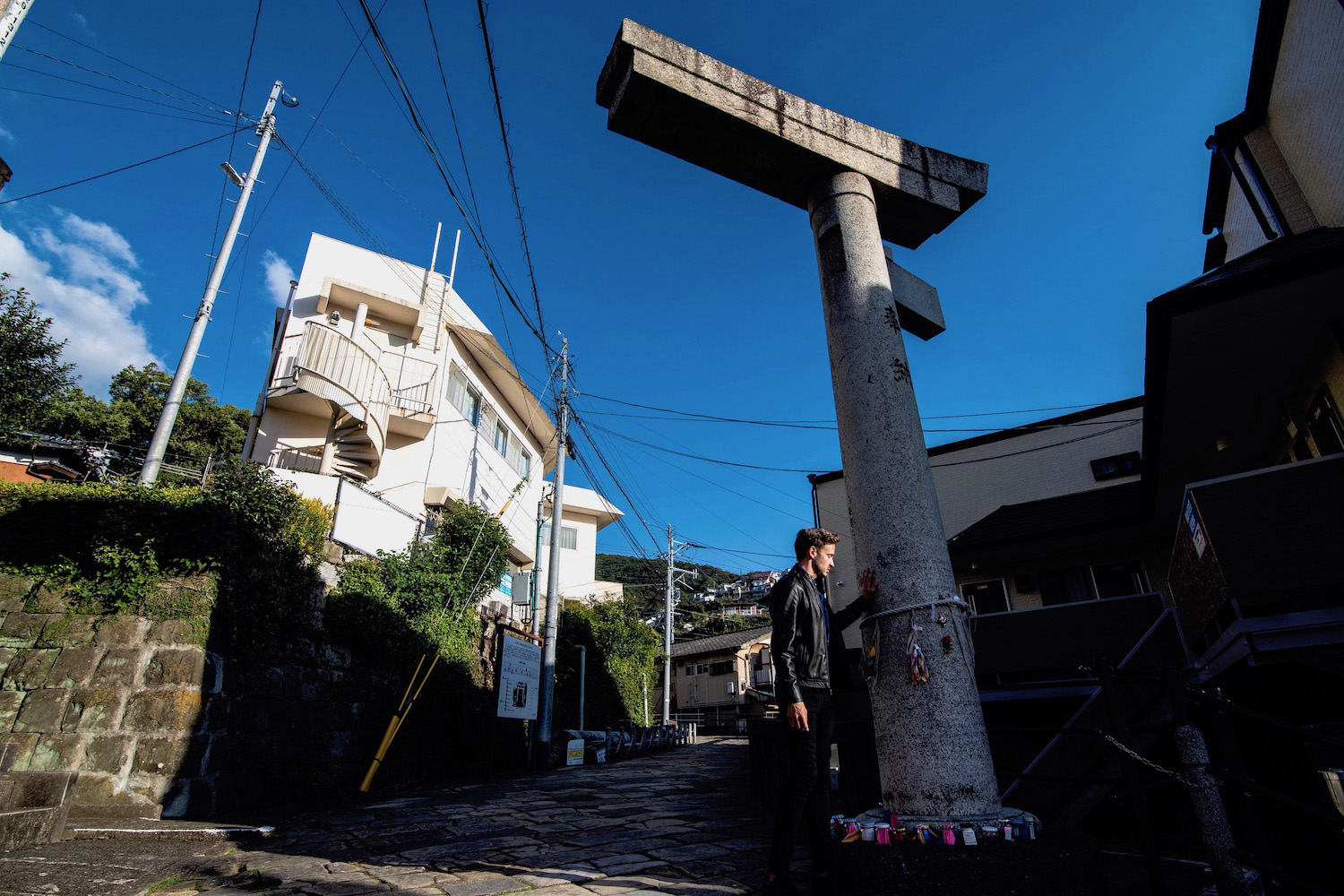I’m always fascinated by the Muzak versions of popular songs Japanese establishments choose to play, and the one that began my day—the day I would be visiting Nagasaki Ground Zero for the second time—was no exception. “We’ve Only Just Begun” is not my favorite Carpenters song, but it was a relatively lighthearted way to preface what I imagined would be a relatively heavy experience.
An unexpected pair of video messages from a dear American friend of mine further reinforced my emotional foundation as I sped southwestward on a Kamome Limited Express. When I boarded one of the Nagasaki’s iconic street cars about two hours after having departed Fukuoka, the layout of the city (and the mood of the city, for that matter) felt strangely familiar.
And I’m not just talking about visceral awareness of Nagasaki’s cataclysmic past, though that was certainly present. There’s a palpable sense of possibility in the very wind that blows through the city—its having risen from the ashes alone is evidence of this.
Clear and Blue
I always start a city itinerary far from the center and work my way in, which is why I rode the #5 tram nearly to its terminus, just steps from the historical Oura Church. The cathedral plaza was a veritable madhouse, to say nothing of how crazy it seemed for me to pay to enter a church, considering how I spent every Sunday of the first 15 years of my life.
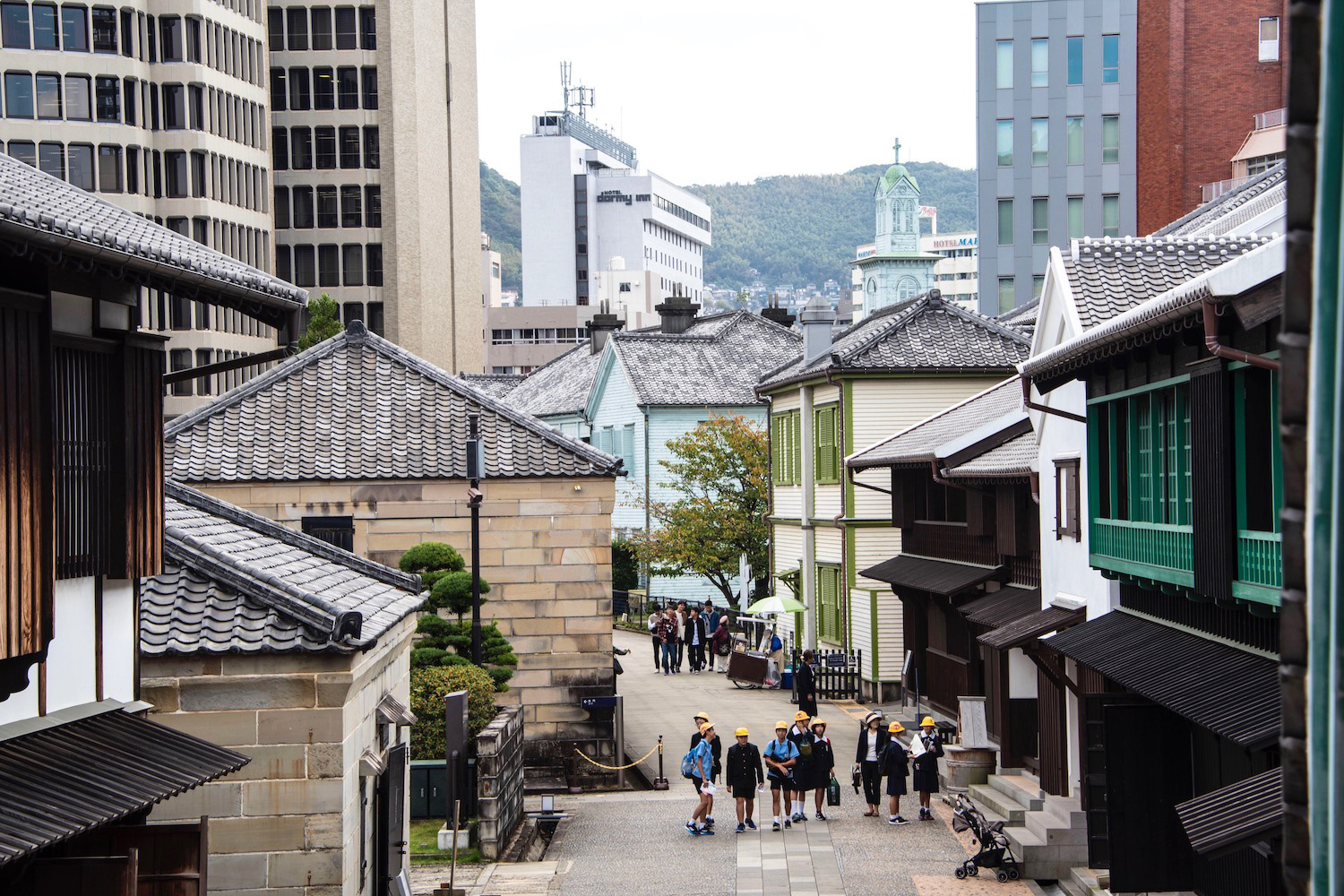
The southern part of Nagasaki was thankfully much quieter away from here, even if the extent of construction at the Koshi-byo Confucius temple made me not want to pay that admission fee, either. I did decide to take the so-called “Sky Road” to the famous Glover Garden (which was also a madhouse, not to mention undergoing its own construction), proving once again that the journey supersedes the destination.
The panorama from the top of the bizarre, funicular elevator made me stop in my tracks. I hadn’t remembered the city being quite so beautiful when I visited Nagasaki Ground Zero for the first time, although to be fair the sky wasn’t quite as clear and blue then.
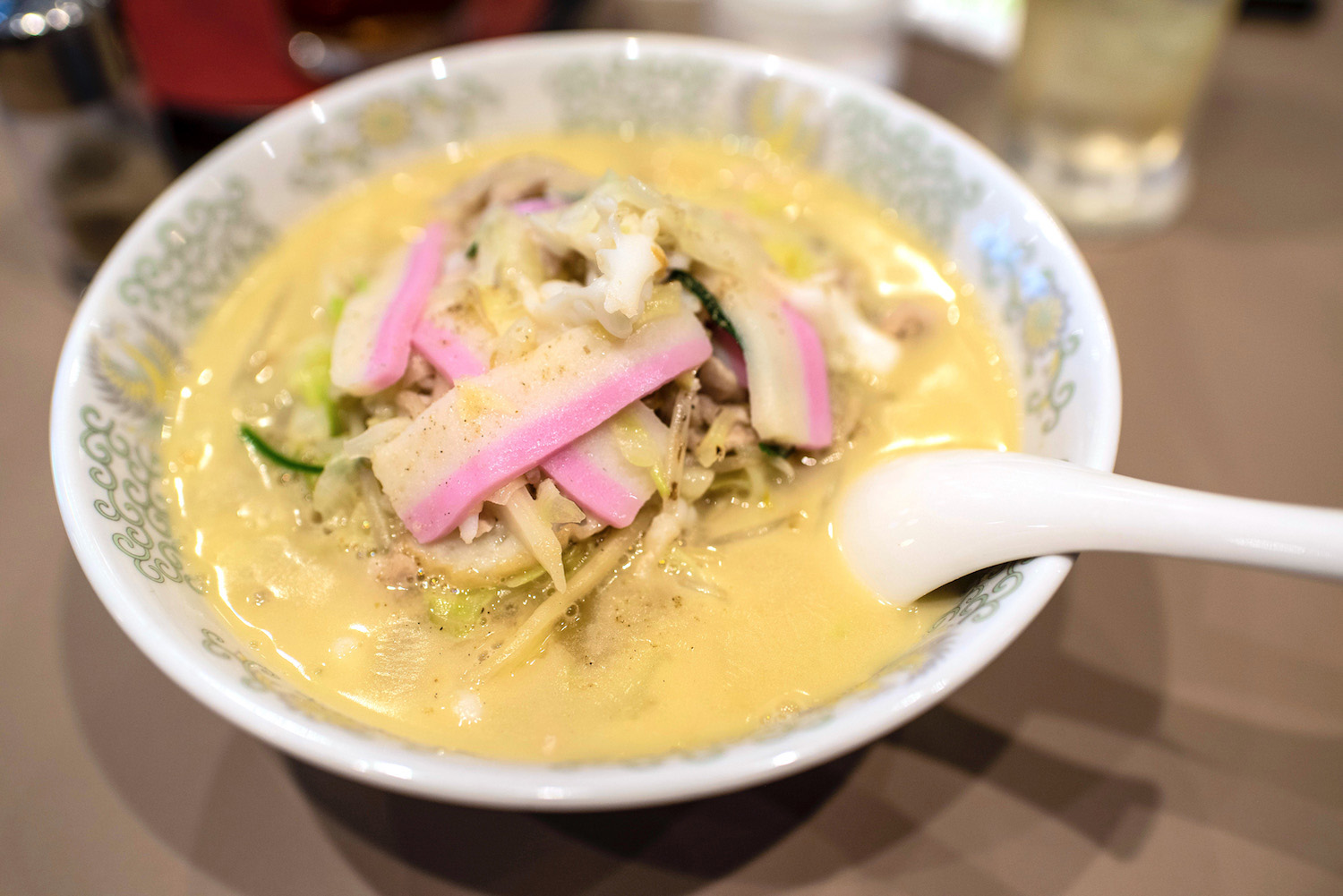
After stopping for a loquat-flavored soft cream on the way back to the tram stop, I disembarked at Dejima, an island to which all foreign merchants in Nagasaki (at the time, these comprised most foreigners in all of Japan) had been confined. A local university student asked me to take a picture of her and her friends, or maybe to join them in one, but I refused sternly—I had suddenly become distracted.
No Mood Today
If you read my recent posts about Fukuoka and Karatsu Castle, you can probably guess why: It was the thought of my recent quasi-ex, who had been aloof even when we were closest to one another. Call it phantom pain or just obsession, but it strikes at the most inexplicable times.

Thankfully, it can also go away rather quickly. Immediately prior to visiting Nagasaki Ground Zero, I decided to visit Shinchimachi, the city’s Chinatown, where any number of Chinese things I saw, smelled and felt en route to my steaming bowl of Chanpon noodle soup could’ve reminded me of my Taiwanese boy and my doomed love affair with him.
Instead, another unexpected message, this one from another quasi-lover of mine (one who actually knows how to make someone feel desired and appreciated, to his credit). “I have no mood today,” he opened, somewhat ambiguously, before proceeding to explain in a very circular way what he meant.
The previous evening, he’d been having a drink in Taipei’s Red House, when he spotted a much older man having a cocktail by himself. Rather than behaving like basically every young, handsome man would do in such a situation, my big-hearted quasi-lover sat down with him and listened for a while—and was horrified by what he heard.
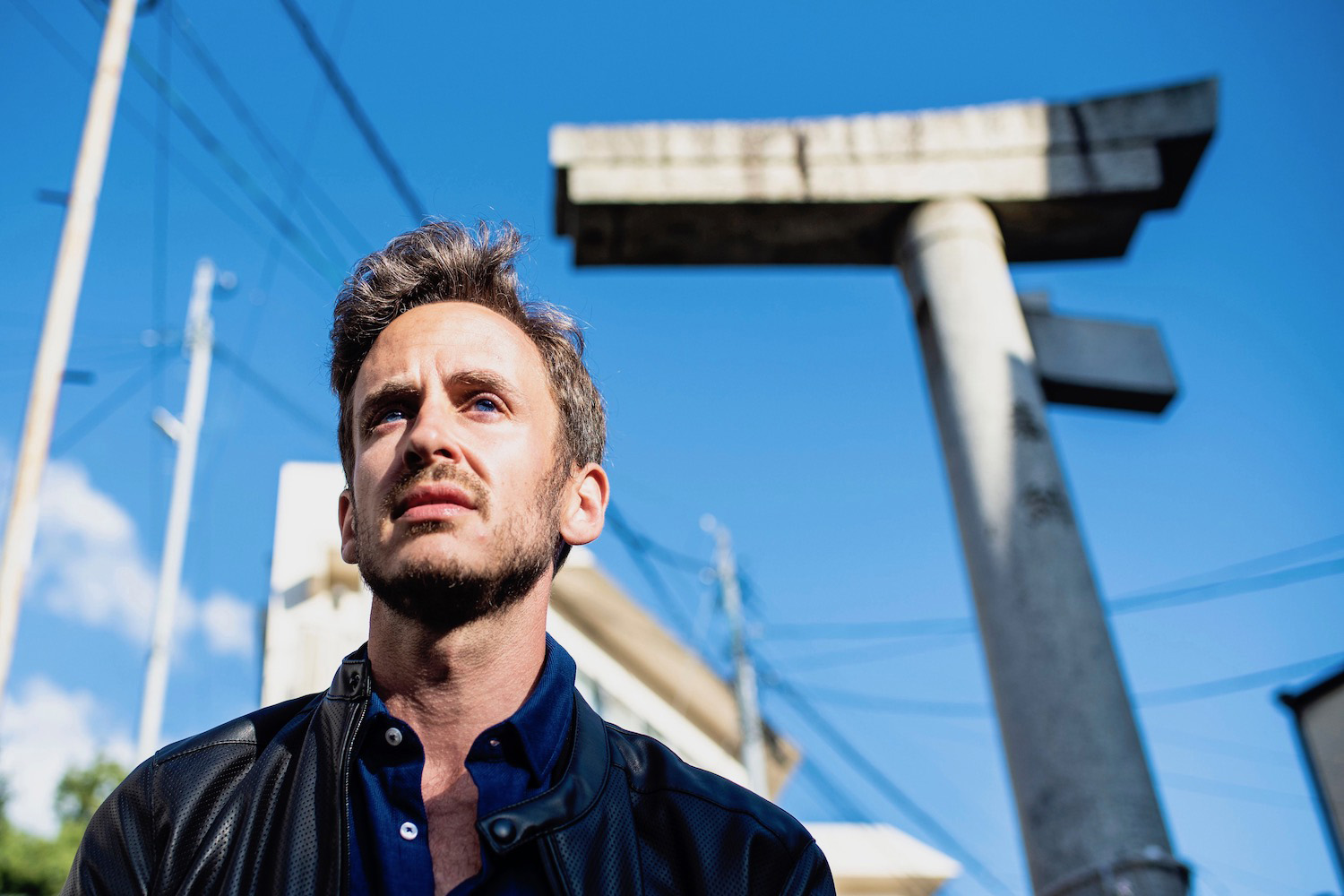
“He seems like the last person who ever would’ve ended up alone,” my quasi-lover explained, describing photos he’d seen of the senior gay citizen in the long-past prime of his life, and his stories of carefree debauchery in a bygone era. He stopped short of saying he feared a similar fate for himself, but the implication was clear.
Oh Dear Robert
Traipsing through the graveyard just to the west of Sofuku-ji, a Fujian-style temple which would be my final stop before returning to Nagasaki Ground Zero, I pondered whether or not I was also afraid. I’ve always seen love as a game of musical chairs; I’ve always had a tendency to dance a little longer than I probably should.
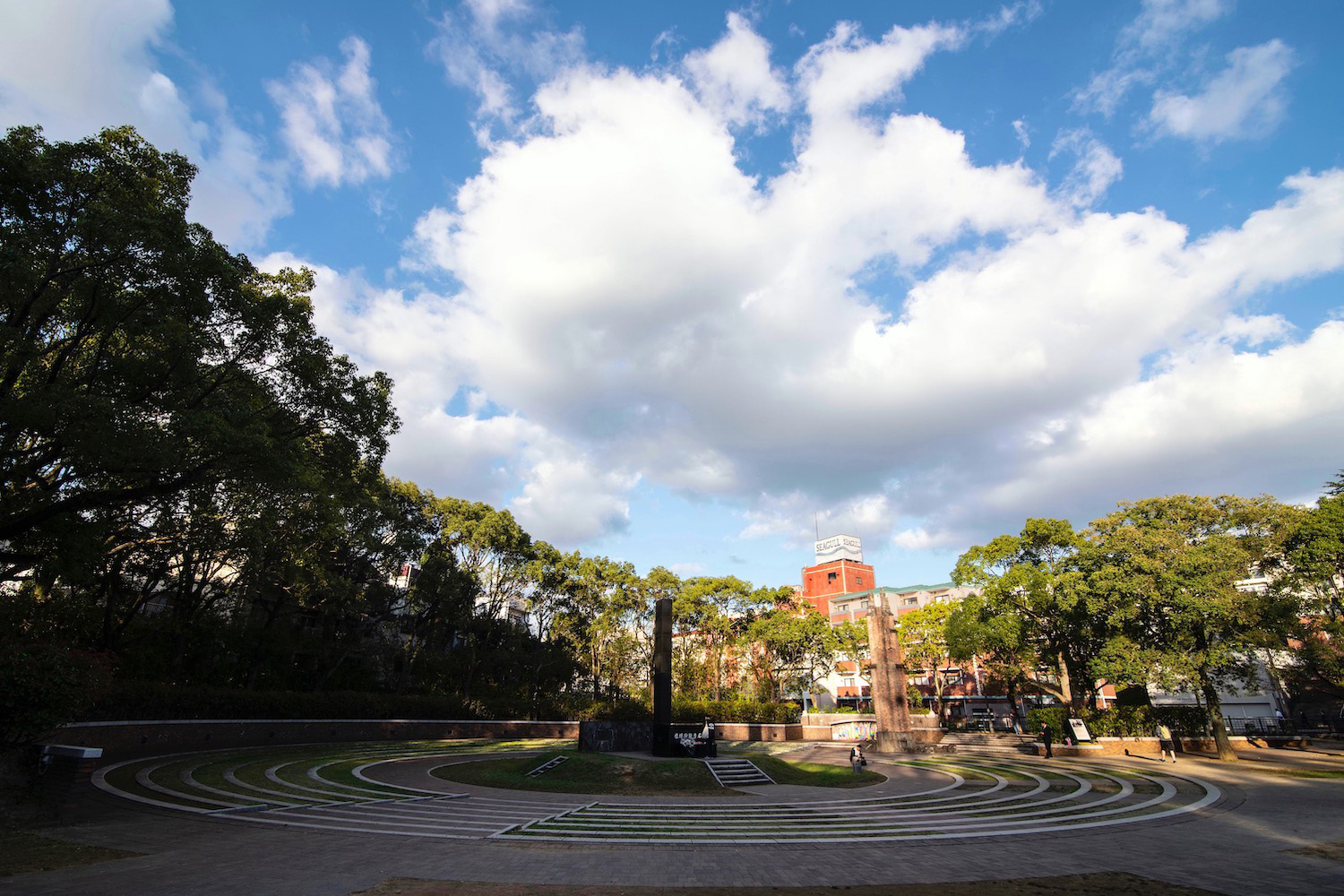
I checked into my hotel and completely unpacked my bags, as I always do when I stay in the same city for more than one night, and was about to walk out the door when the LINE notification popped up. “Oh dear Robert,” the message preview said—his name was at the top. I could lie to you and say it didn’t stop me in my tracks, but I won’t: I actually had to have a seat.
Rather than replying immediately, however (I wasn’t actually sure if I would reply at all, even though he explicitly expressed interest in meeting again once I’m back in Taipei—this was what I ultimately wanted), I continued to execute my plans as I otherwise would’ve done, stopping first at the one-legged Sanno Shrine, which managed to survive the atomic blast half-intact. The symbolism was not lost on me as emotions continued coursing through my veins, though I tried to focus more on the singing of nearby children, and the way that related to the site of one of the greatest tragedies in human history, than to feel the impossible heaviness in the air in such a narcissistic way.
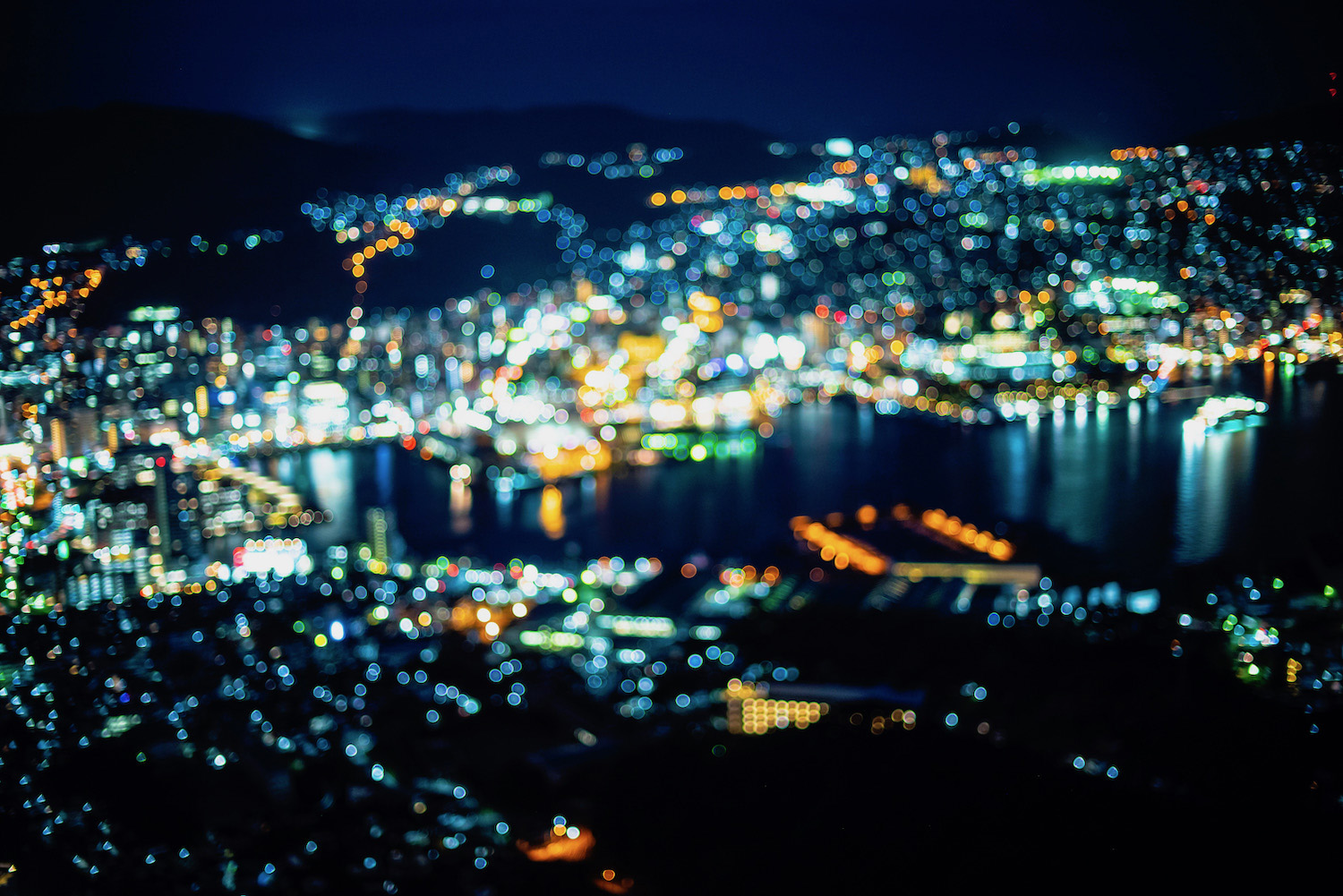
I likewise tried simply to breathe and stay focused on my breath as I finally walked toward the obelisk that marks the location of Nagasaki Ground Zero, and I successfully maintained my poker face as I stopped for a few moments to reflect on the day it was suddenly thousands of degrees in the shade. The dam broke as I walked away toward Nagasaki Peace Park—and I’d be lying if I said some of the tears weren’t ones I shed on my own behalf.
Ancient Accolade
My final stop of the day (once I dried my eyes, this is) was Mt. Inasa, the night view from which was ranked the third best in the world (behind Hong Kong and Monaco) in 2012. I’m not sure why the automated message that plays inside the ropeway vehicle still proclaims this ancient accolade so proudly, though I stopped short of mocking it (outwardly or inwardly) as the loud gaggle of Irish tourists stinking up the carriage did during our ascent.
Just as I’d noticed upon having reached the loftier entrance of Glover Garden, the panorama of Nagasaki’s cityscape seemed far more beautiful than I’d remembered, even if my experience on the ground had been more or less in line with how it had been three springs prior. This became particularly true once the city became fully illuminated, sparkling around the harbor like a constellation (though certainly not the Milky Way, as the press release from seven years ago suggested).
The millions of lights, in a multitude of colors, reminded me that endless possibilities loom in the wake of the most seemingly insurmountable tragedies: A third (or is it fourth?) chance for a doomed romance; an antidote to the loneliness of an abandoned playboy; the new city that rose when the wreckage and the smoke of Nagasaki Ground Zero cleared, carried away at last by the same wind I felt blowing on me when I stepped onto the street car Wednesday morning. Maybe we—me, the old man in the Red House and Nagasaki city herself—have only just begun, after all.
Other FAQ About War Tourism in Nagasaki
Where is Ground Zero in Nagasaki?
Ground Zero in Nagasaki is located adjacent to Nagasaki Peace Park, around 10-15 minutes north of JR Nagasaki Station by foot. There’s a massive monument here—you literally can’t miss it. It’s an extremely solemn place and at the same time, a strangely uplifting one.
Is Nagasaki still uninhabitable?
Nagasaki is totally safe these days. In fact, apart from the monument that stands at Ground Zero where the bomb went off, there are few reminders of the profound tragedy that unfolded here in the relatively distant past. Radiation in Nagasaki is at a similar level to background radiation anywhere else in the world.
Why is it called Ground Zero?
Whether in Nagasaki or Hiroshima, “Ground Zero” refers to the place where the bomb fell just before it detonated—during second zero, right before the explosion manifested. While there is something chilling about visiting this place, it’s also strangely heartening to do so.



